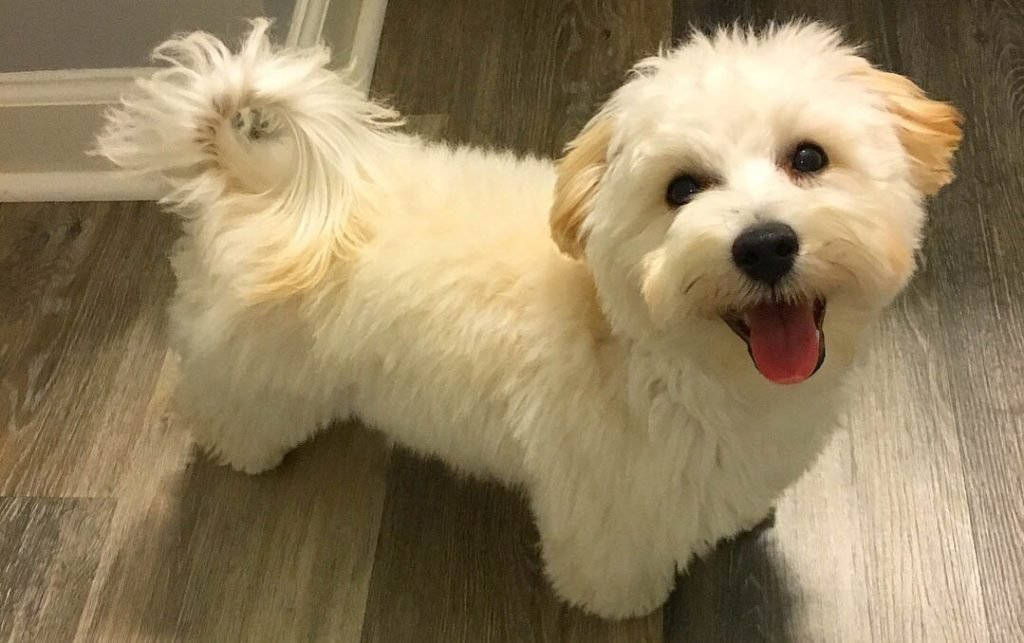Don’t let their adorable, pocket-sized appearance fool you. While these tiny treasures may fit perfectly in your lap, many small dog breeds pack more demands per pound than some of their larger cousins. Their petite stature often masks surprisingly complex care requirements that can catch even experienced dog lovers off guard. From grooming marathons to exercise needs that rival working dogs, these compact companions prove that size doesn’t determine maintenance levels.
Yorkshire Terrier
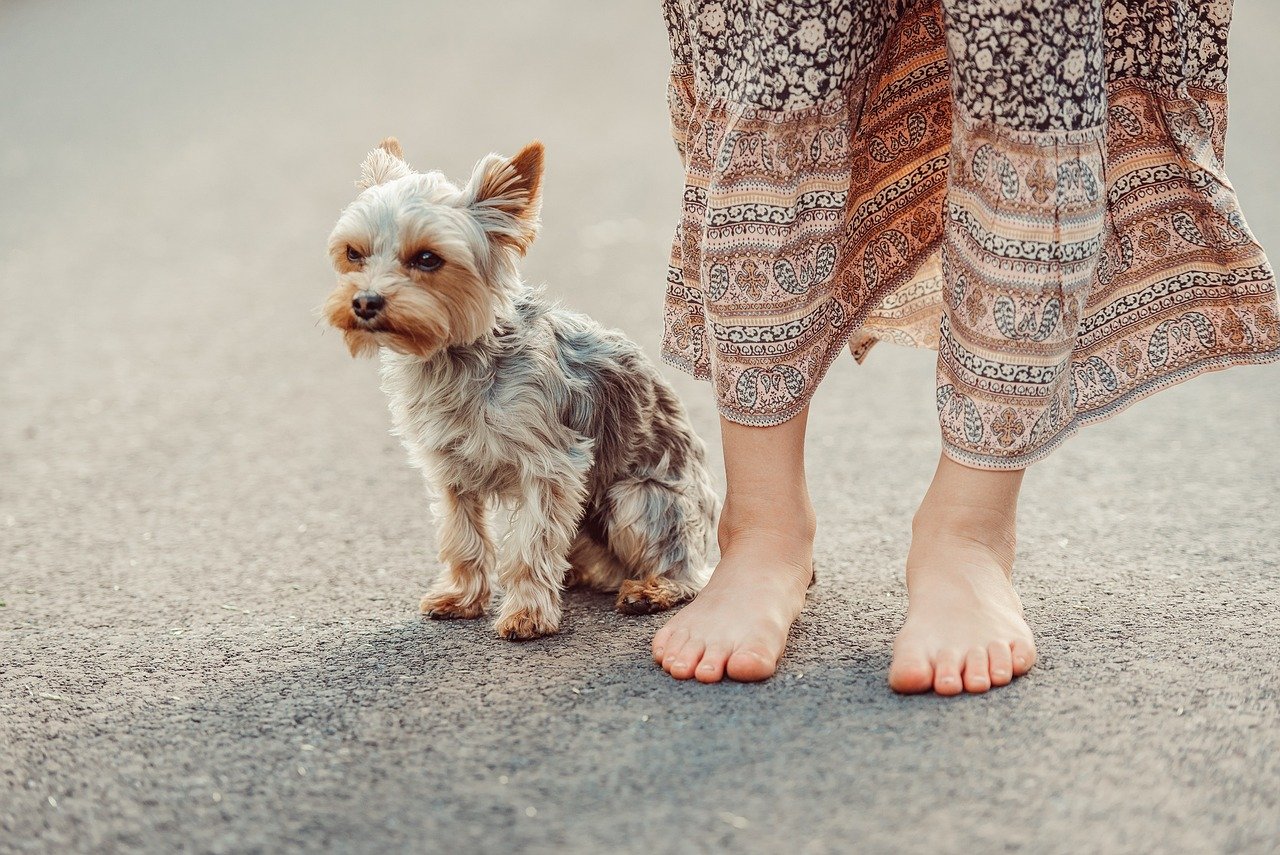
Behind that glamorous, silky coat lies one of the most high-maintenance small dogs you’ll encounter. Their signature long, silky, and fast-growing coat requires intensive brushing, grooming and even trimming. The breed’s beautiful locks aren’t just for show – they demand daily attention to prevent painful matting.
Many Yorkshire Terrier owners underestimate the grooming commitment before bringing home their adorable pup. Professional grooming every six to eight weeks becomes non-negotiable, and daily brushing sessions can easily stretch to thirty minutes. Without proper care, their stunning coat transforms from asset to nightmare, requiring expensive detangling or even complete shaving.
Pomeranian
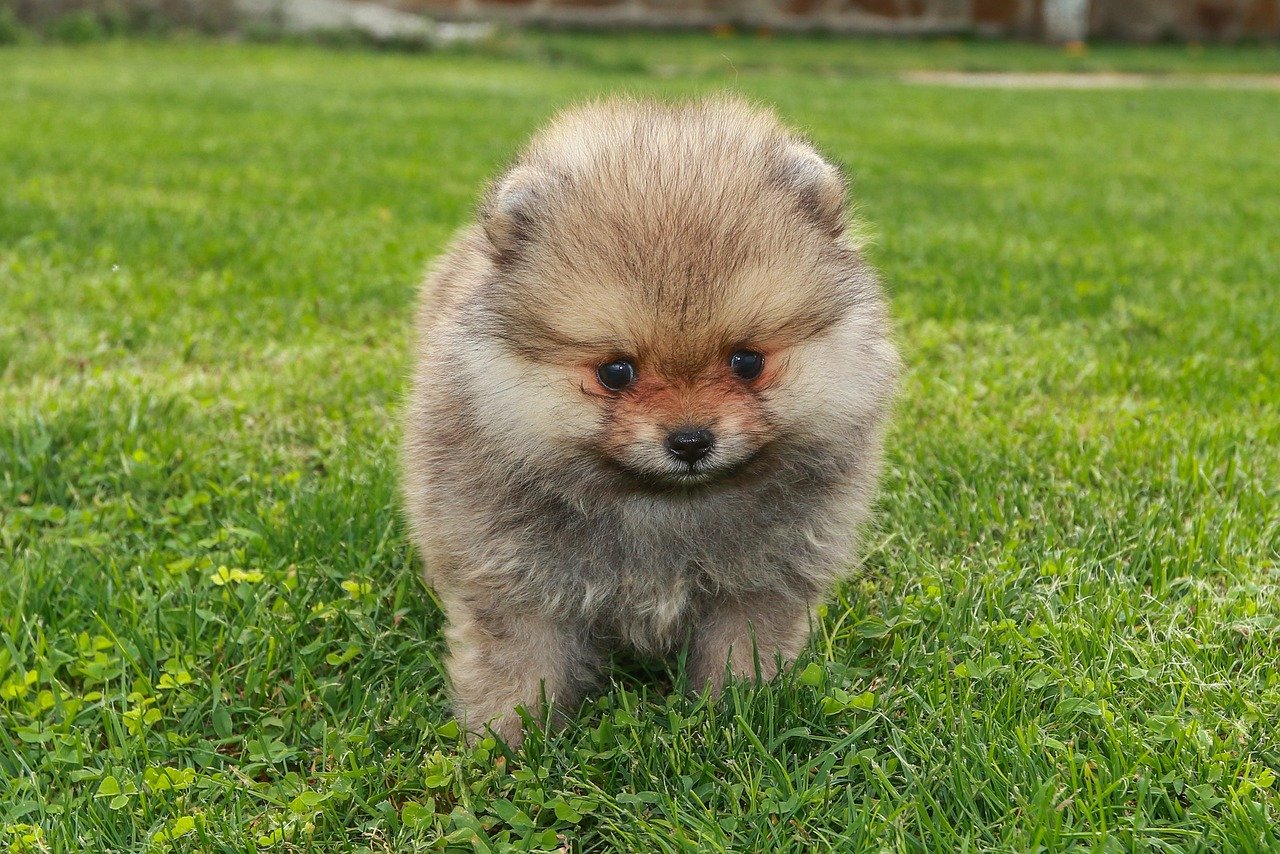
Teacup Pomeranians usually weigh around 3–4 pounds, making them a favorite among tiny dog lovers. Their luxurious double coat comes in nearly every color imaginable and gives them their signature puffball appearance. That adorable fluffball appearance requires serious commitment from their owners.
Daily brushing becomes essential to prevent their double coat from becoming a matted mess. Pomeranians may be tiny and fluffy, but their delicate frame makes them prone to injuries. Rough play, accidental falls, or being dropped can easily result in sprains or even broken bones, so gentle handling is a must, especially around young children. Their fragility adds another layer of complexity to ownership.
Maltese
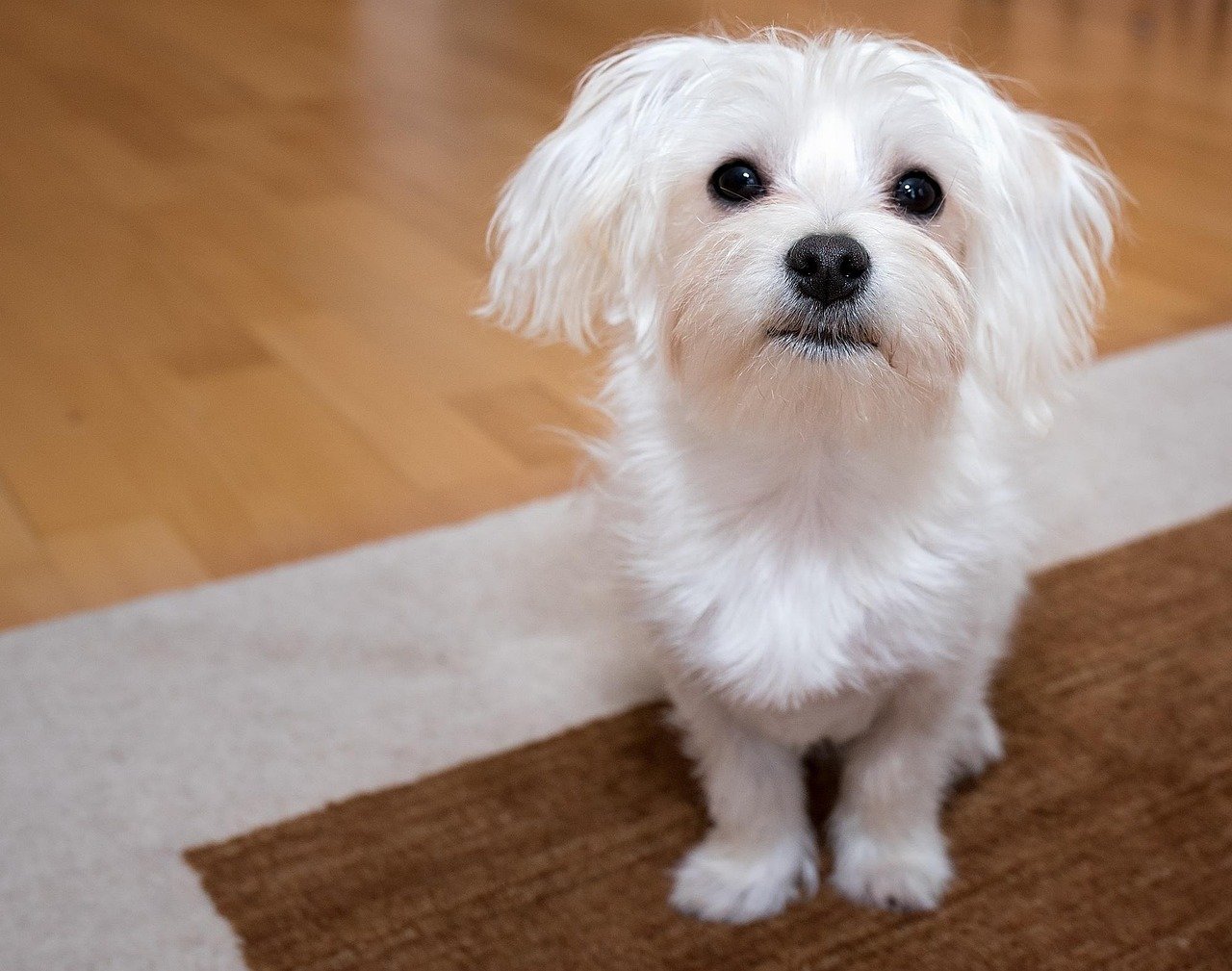
The Maltese is a small white dog known for their straight, sweeping curtain of fur. Despite their long coat, this toy breed isn’t a heavy shedder and is often labeled as “hypoallergenic” (although there’s no truly hypoallergenic dog). Their flowing white coat requires meticulous daily care to maintain its beauty.
The reality of Maltese ownership includes constant vigilance against tear staining, regular eye cleaning, and professional grooming every month. Maltese have a lifespan of 12 to 15 years, which requires additional veterinary care to live longer than other pets. Maltese are prone to dental diseases and eye problems. Their delicate nature means every interaction requires gentle handling.
Toy Poodle
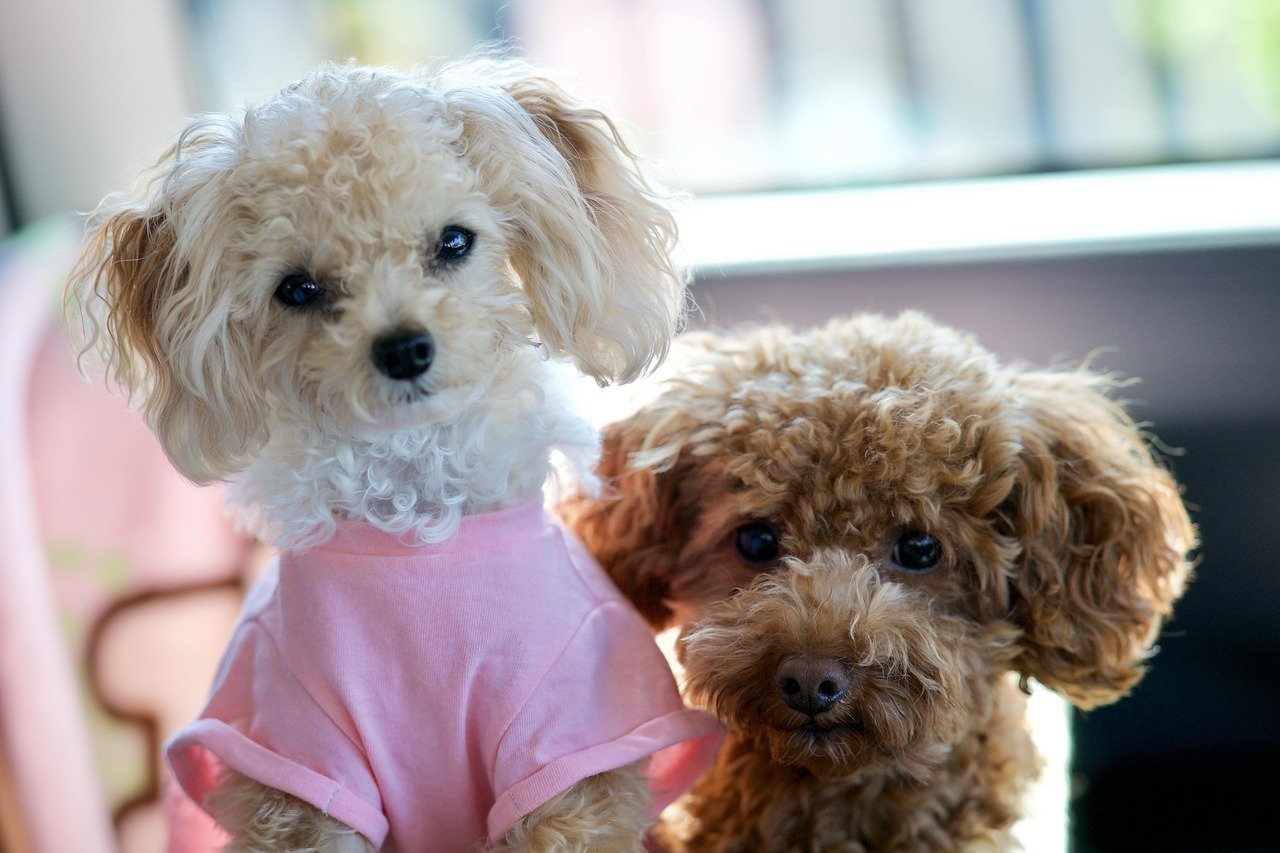
Toy Poodles are small dogs that are agile, extremely intelligent, and easy to train, according to the American Kennel Club. They are challenging dogs that need physical and mental stimulation to keep their mind and bodies active. Don’t mistake their compact size for low energy requirements.
Their intelligence becomes both blessing and curse – while they’re incredibly trainable, they’re also masters at outsmarting bored owners. Without adequate mental stimulation, these tiny Einstein wannabes can become destructive troublemakers. Their curly coat requires professional grooming every six weeks, making them one of the more expensive small breeds to maintain.
Cavalier King Charles Spaniel
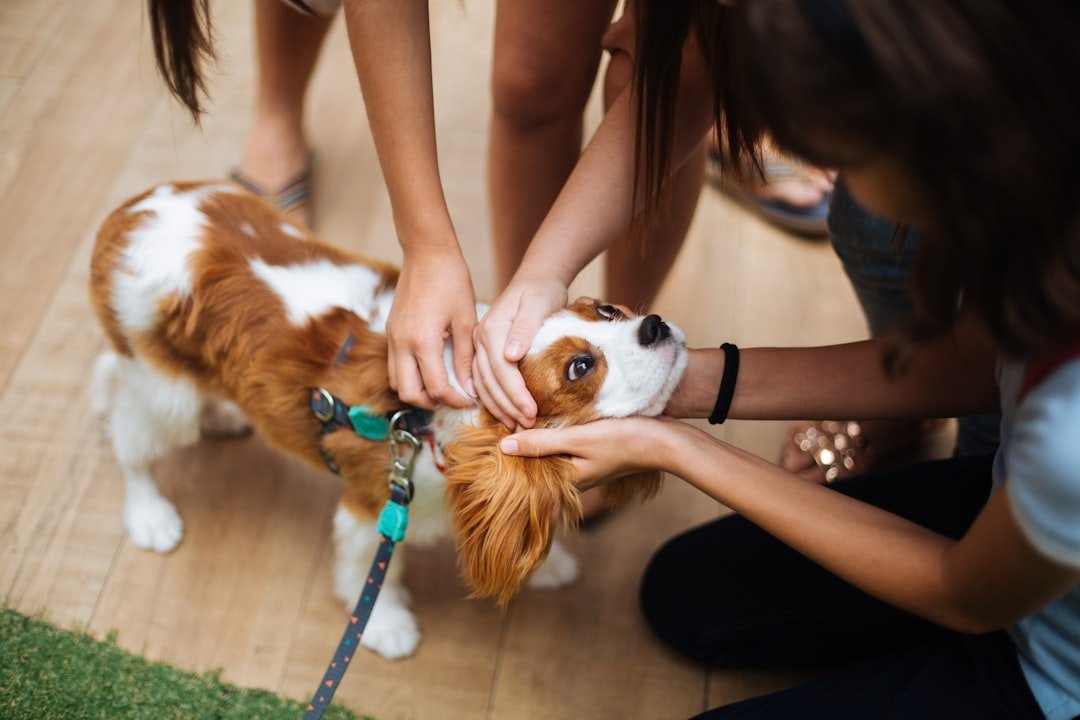
While these little spaniels’ grooming requirements are fairly low-maintenance, they are typically a very needy, clingy breed that craves human companionship and contact. Cavalier King Charles spaniels were bred to be lap dogs, so while they aren’t going to insist you walk them for hours every day, they will demand all your attention. Luckily, they are affectionate, gentle ,and happy to sit on your lap – just don’t leave them alone for long spells.
Their emotional neediness can be overwhelming for busy owners. These gentle souls require constant companionship and can develop separation anxiety faster than you can say “King Charles.” While they’re perfect couch companions, their need for human contact means they’re not suitable for households where everyone works long hours.
Brussels Griffon
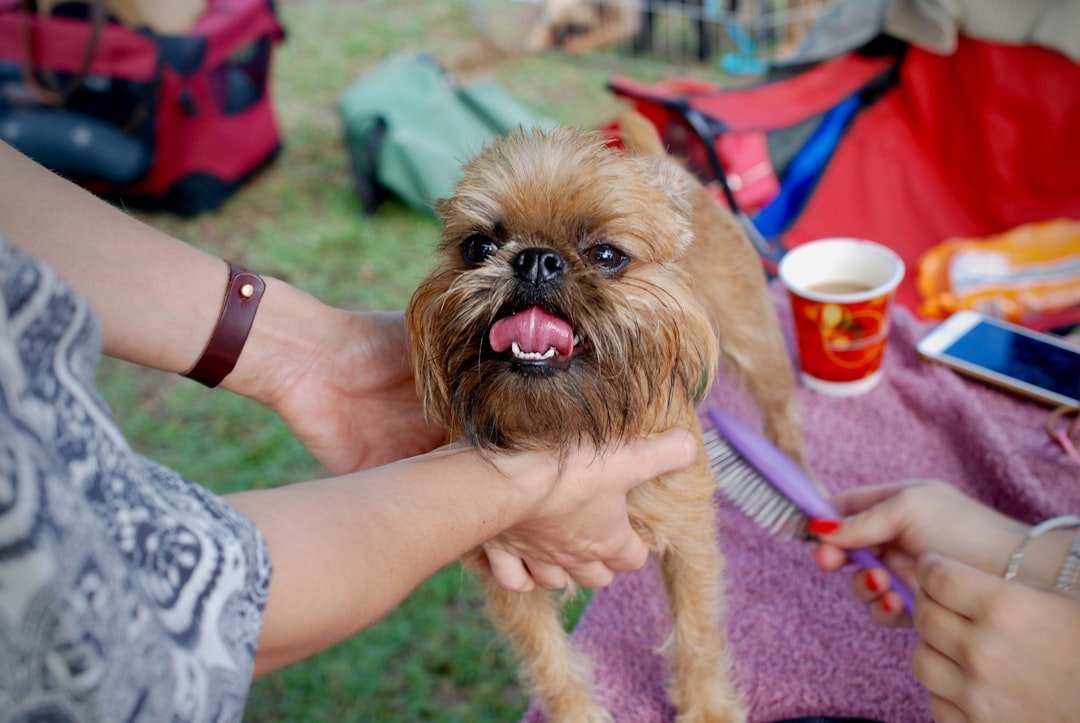
While Brussels Griffons are not too demanding on the grooming and exercise front, that all changes when it comes to training. This is not a breed that naturally wants to toe the line! They are intelligent – which often translates as stubborn – so require plenty of reinforcement and rewards-based training.
So while they aren’t always eager to please, they don’t want you out of their sight! Their intelligence combined with stubbornness creates unique training challenges. These little characters have strong opinions about everything and aren’t afraid to voice them through various attention-seeking behaviors.
Papillon
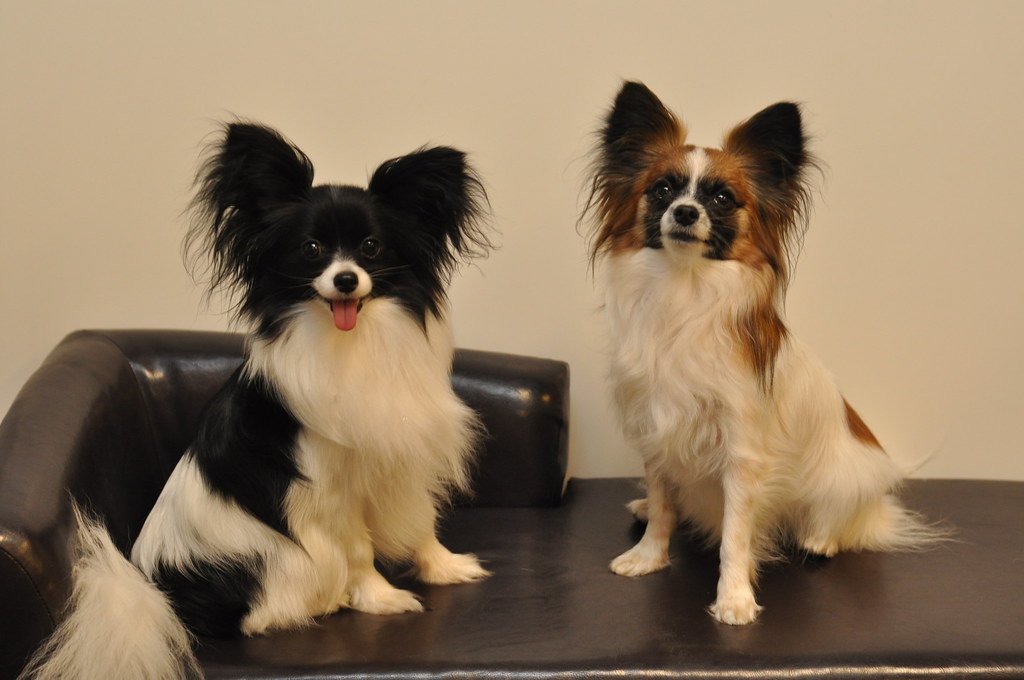
Although all dogs bark, Papillons are known to bark frequently. However, this behavior will be less frequent if you exercise your dog, give them enough mental stimulation, and teach them to stop barking. Their butterfly-like ears might be adorable, but they come attached to a surprisingly vocal personality.
These tiny athletes need much more exercise and mental stimulation than their dainty appearance suggests. Papillons excel at agility and need regular training sessions to keep their brilliant minds occupied. Without proper outlets, they become neighborhood alarm systems, alerting everyone within a three-block radius about squirrels, leaves, and suspicious mailmen.
Chihuahua
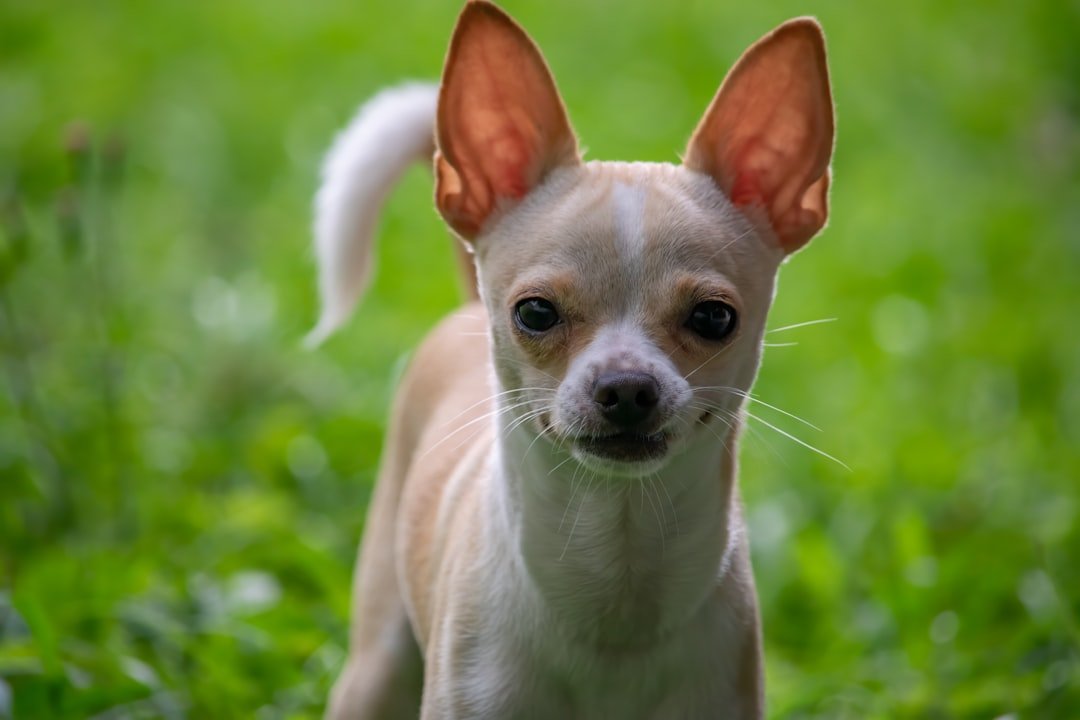
Chihuahuas, for example, are notorious for being “one person dogs.” This means that they’ll be faithful to their owners, but will be shy or outright aggressive towards everyone else. Their fierce loyalty comes with serious socialization requirements that many owners overlook.
Despite their tiny size, Chihuahuas possess the hearts of much larger guard dogs. These pint-sized dogs come with big personalities and sharp minds. As they’re so small, Chihuahuas are among the least active dogs but will need play, company, and enrichment on top of that to stay happy. Their mental stimulation needs are surprisingly high for such small packages.
Chinese Crested
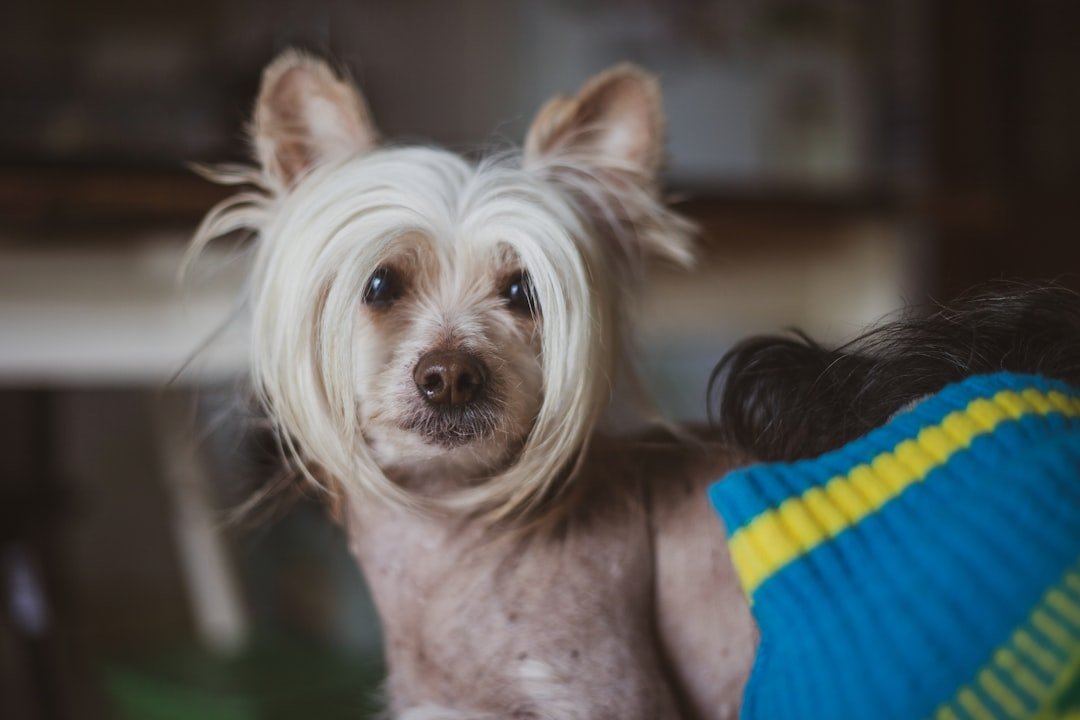
The hairless Chinese Crested pooch looks very glamorous in photos and it’s easy to think having no hair means no maintenance but the amount of day-to-day work shaving, plucking and tweaking, plus the skin care regime needed to deal with all pimples, blackheads, avoiding sunburn or chills, is extensive! The hairless variety requires intensive skincare routines that rival human regimens.
Plus, they might need a better wardrobe than you to stay warm in the winter! From sunscreen application to moisturizing treatments, these elegant dogs need daily skin maintenance. The powderpuff variety demands equally intensive grooming to maintain their silky coat.
Maltipoo
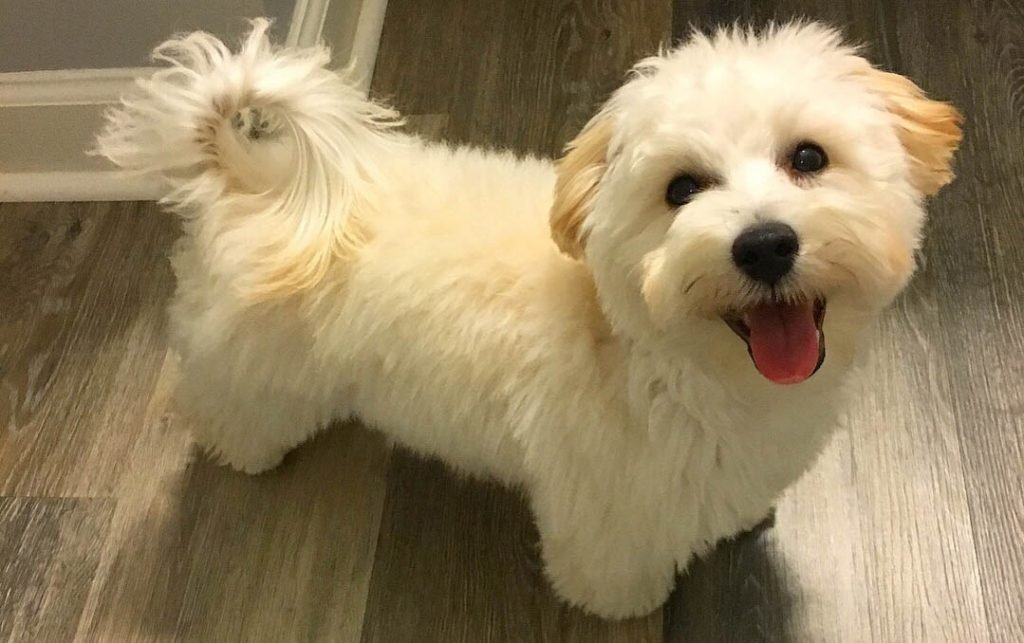
Since this breed is a combo between the Maltese and the Toy Poodle, they have more high-maintenance grooming needs than your average dog. They have fast-growing hair and will require frequent grooming. This designer breed inherits the most demanding traits from both parents.
It is recommended that these dogs be brushed once daily, or at least several times per week to keep their coat healthy and mat-free. Professional grooming is typically done once every 6 to 8 weeks. Their popularity as “low-maintenance” dogs is misleading – they’re actually quite demanding companions.
Bichon Frise
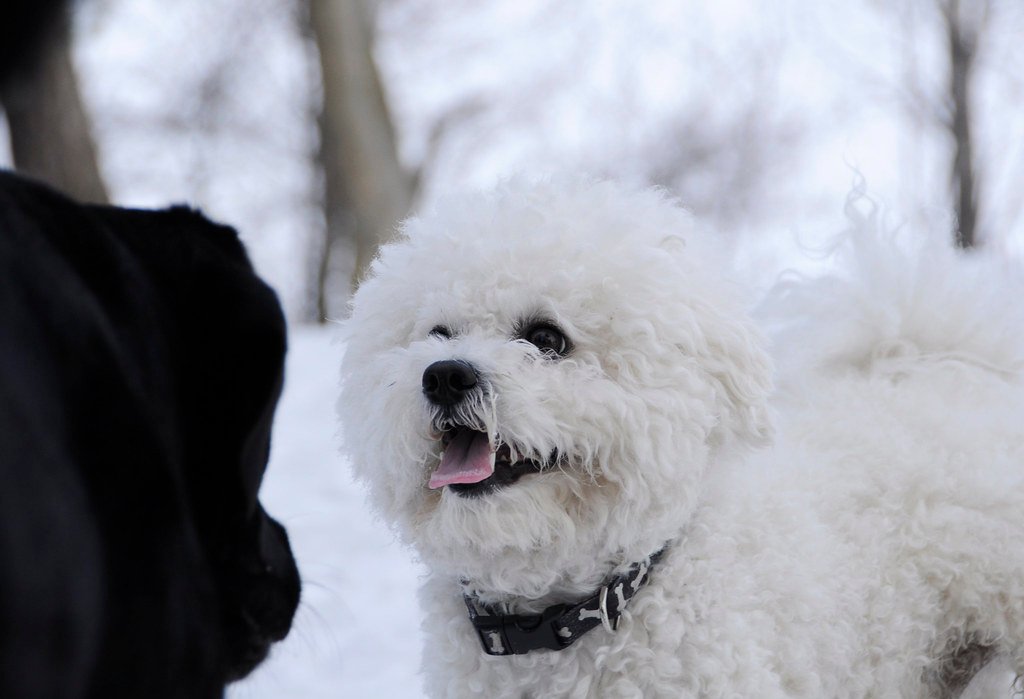
Bichon Frises require regular grooming to maintain their coat’s appearance and prevent matting. Additionally, they are social dogs that thrive on human companionship and can become anxious or destructive if left alone for long periods. Their fluffy white appearance masks significant grooming and emotional needs.
These cheerful companions require professional grooming every month to maintain their signature look. Their social nature means they suffer greatly when left alone, often expressing their distress through destructive behaviors that can surprise unprepared owners.
Shih Tzu
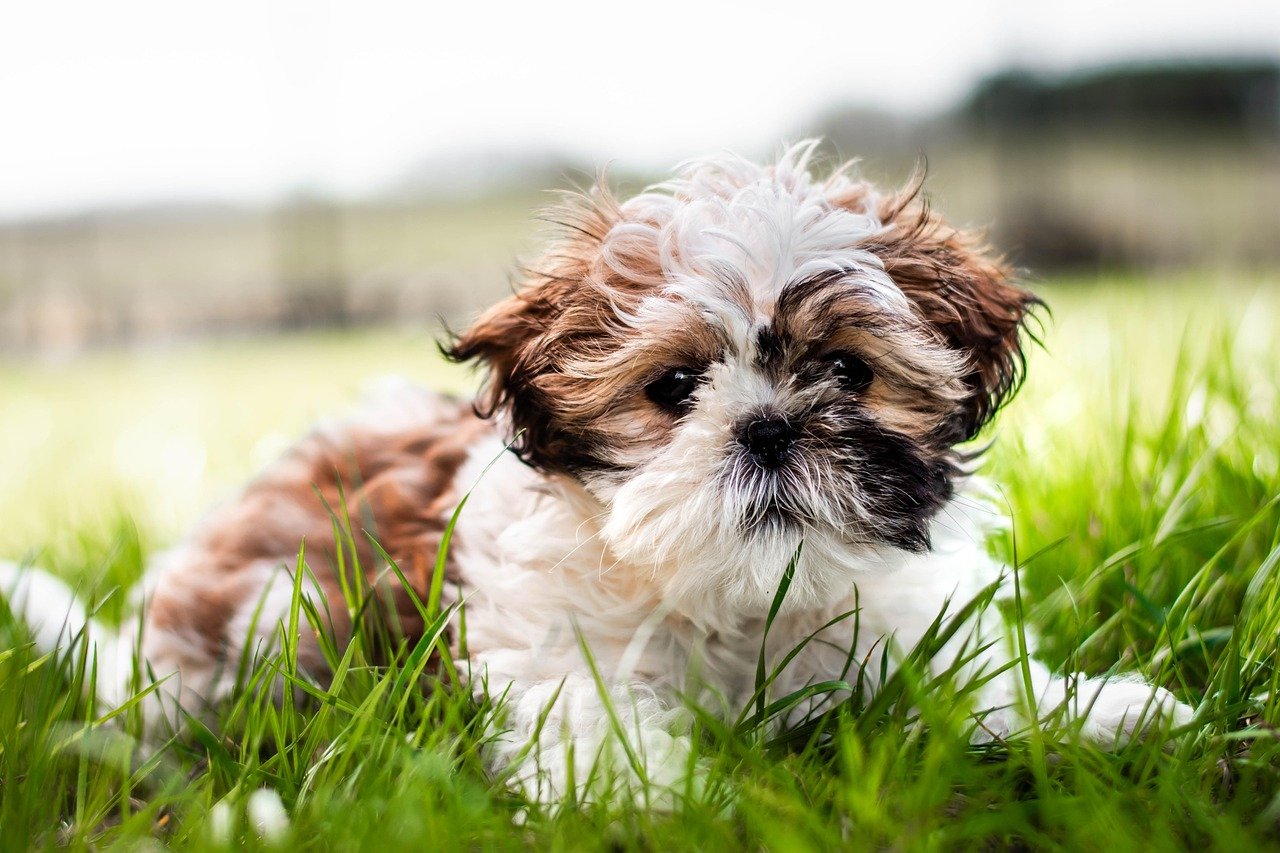
A teacup Shih Tzu typically weighs between 4–6 pounds, wrapped in a flowing, high coat that feels as regal as it looks. Their beautiful coat needs consistent grooming, and because of their small size, they may face health problems like breathing issues and liver shunts. Their royal heritage comes with royal-level maintenance requirements.
Daily brushing becomes essential to prevent their luxurious double coat from matting. Many owners underestimate the grooming commitment, thinking these laid-back dogs are low-maintenance. The reality includes regular professional grooming, daily eye cleaning, and constant attention to their respiratory health due to their flat faces.
Conclusion
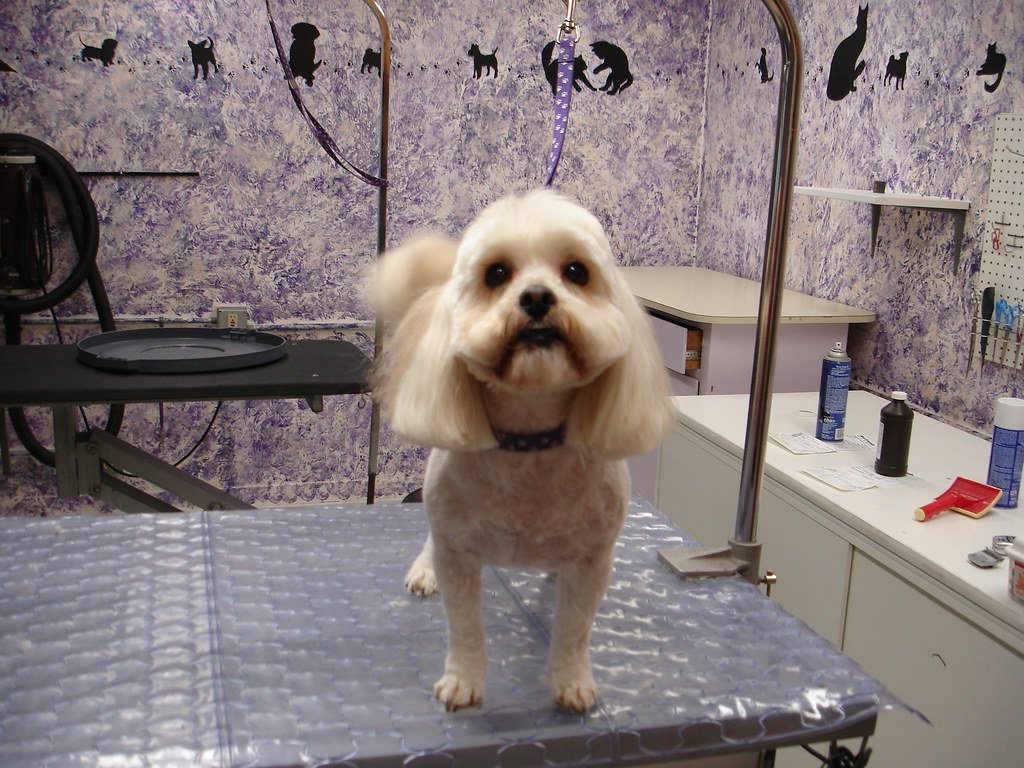
These pint-sized personalities prove that the biggest surprises often come in the smallest packages. While their adorable appearances might suggest easy-going companions, these breeds demand dedication that rivals much larger dogs. From intensive grooming schedules to complex emotional needs, small doesn’t necessarily mean simple.
The key to success with any of these demanding small breeds lies in honest preparation and realistic expectations. Before falling for those irresistible puppy-dog eyes, consider whether you’re ready for daily brushing sessions, frequent professional grooming, and the unique challenges each breed presents. When properly cared for, these high-maintenance miniatures reward their devoted owners with unwavering loyalty and endless entertainment. The question isn’t whether they’re worth the effort – it’s whether you’re ready to rise to their surprisingly big demands.

Andrew Alpin from India is the Brand Manager of Doggo digest. Andrew is an experienced content specialist and social media manager with a passion for writing. His forte includes health and wellness, Travel, Animals, and Nature. A nature nomad, Andrew is obsessed with mountains and loves high-altitude trekking. He has been on several Himalayan treks in India including the Everest Base Camp in Nepal.

